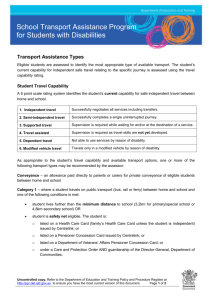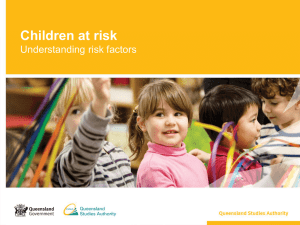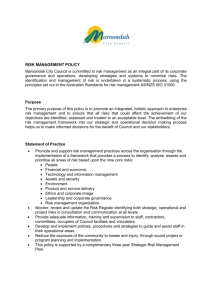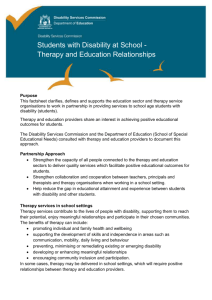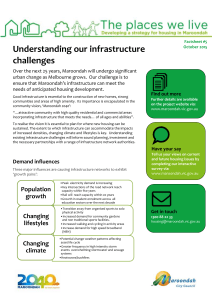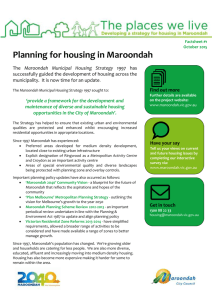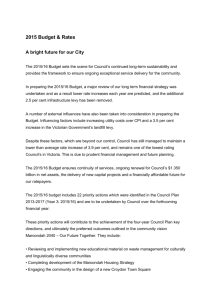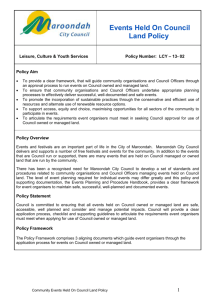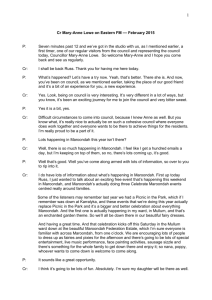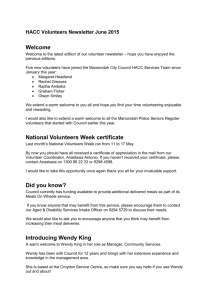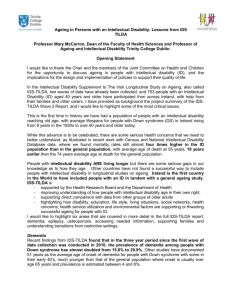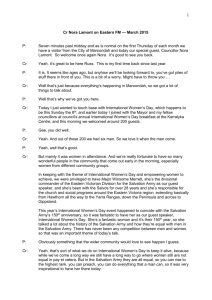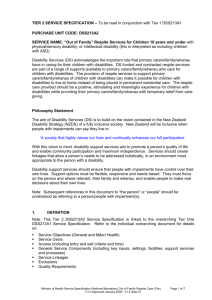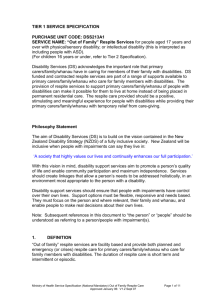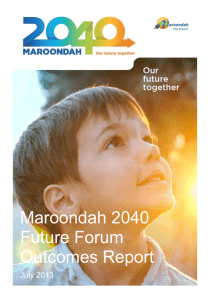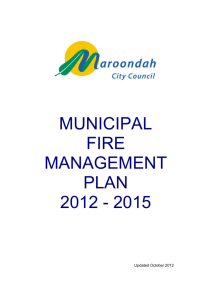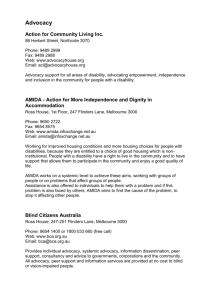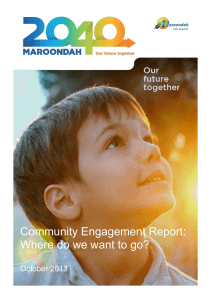DON*T MISS YOUR CHANCE TO PARTICIPATE
advertisement
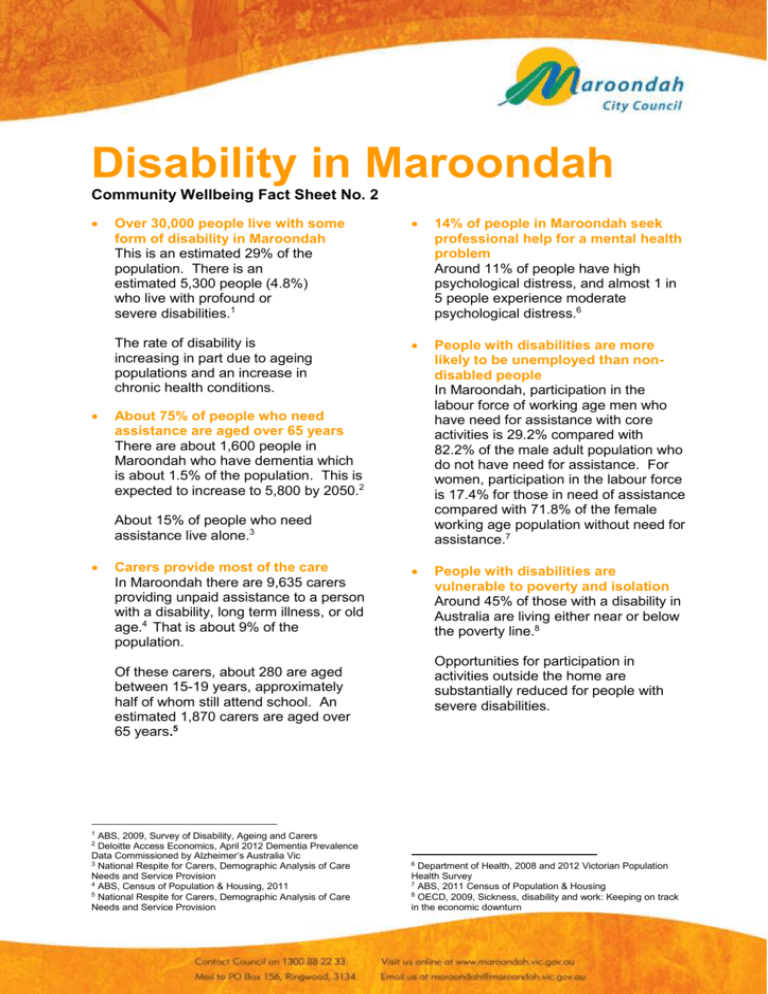
Disability in Maroondah Community Wellbeing Fact Sheet No. 2 Over 30,000 people live with some form of disability in Maroondah This is an estimated 29% of the population. There is an estimated 5,300 people (4.8%) who live with profound or severe disabilities.1 14% of people in Maroondah seek professional help for a mental health problem Around 11% of people have high psychological distress, and almost 1 in 5 people experience moderate psychological distress.6 The rate of disability is increasing in part due to ageing populations and an increase in chronic health conditions. People with disabilities are more likely to be unemployed than nondisabled people In Maroondah, participation in the labour force of working age men who have need for assistance with core activities is 29.2% compared with 82.2% of the male adult population who do not have need for assistance. For women, participation in the labour force is 17.4% for those in need of assistance compared with 71.8% of the female working age population without need for assistance.7 People with disabilities are vulnerable to poverty and isolation Around 45% of those with a disability in Australia are living either near or below the poverty line.8 About 75% of people who need assistance are aged over 65 years There are about 1,600 people in Maroondah who have dementia which is about 1.5% of the population. This is expected to increase to 5,800 by 2050.2 About 15% of people who need assistance live alone.3 Carers provide most of the care In Maroondah there are 9,635 carers providing unpaid assistance to a person with a disability, long term illness, or old age.4 That is about 9% of the population. Opportunities for participation in activities outside the home are substantially reduced for people with severe disabilities. Of these carers, about 280 are aged between 15-19 years, approximately half of whom still attend school. An estimated 1,870 carers are aged over 65 years.5 1 ABS, 2009, Survey of Disability, Ageing and Carers Deloitte Access Economics, April 2012 Dementia Prevalence Data Commissioned by Alzheimer’s Australia Vic 3 National Respite for Carers, Demographic Analysis of Care Needs and Service Provision 4 ABS, Census of Population & Housing, 2011 5 National Respite for Carers, Demographic Analysis of Care Needs and Service Provision 2 6 Department of Health, 2008 and 2012 Victorian Population Health Survey 7 ABS, 2011 Census of Population & Housing 8 OECD, 2009, Sickness, disability and work: Keeping on track in the economic downturn


